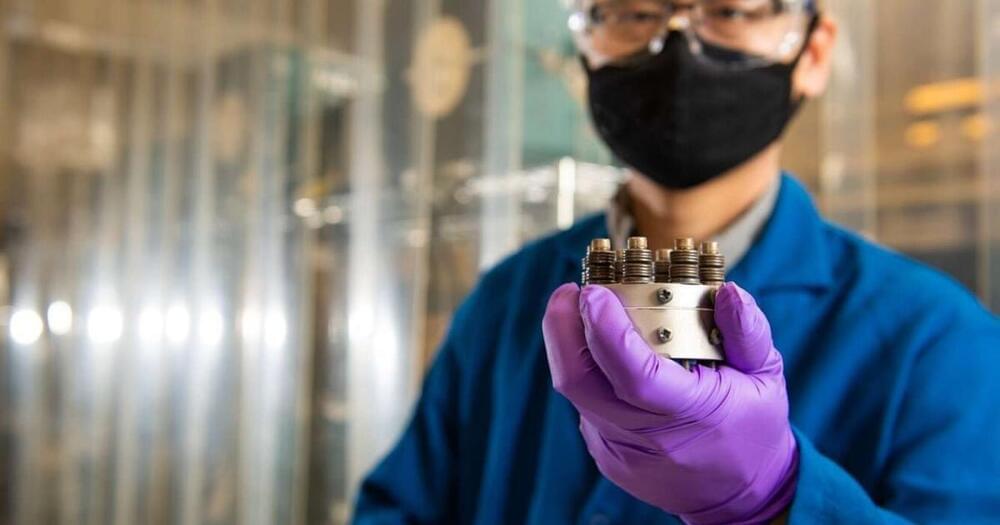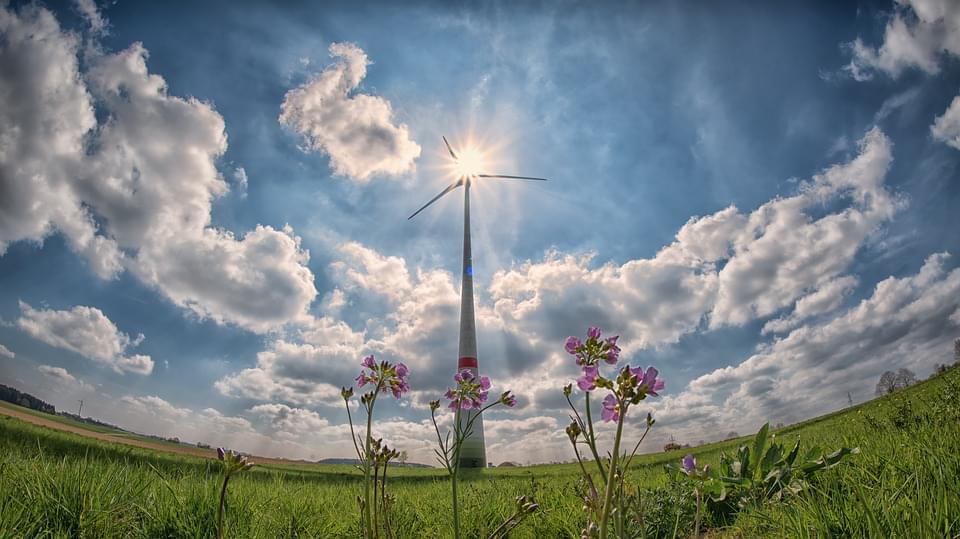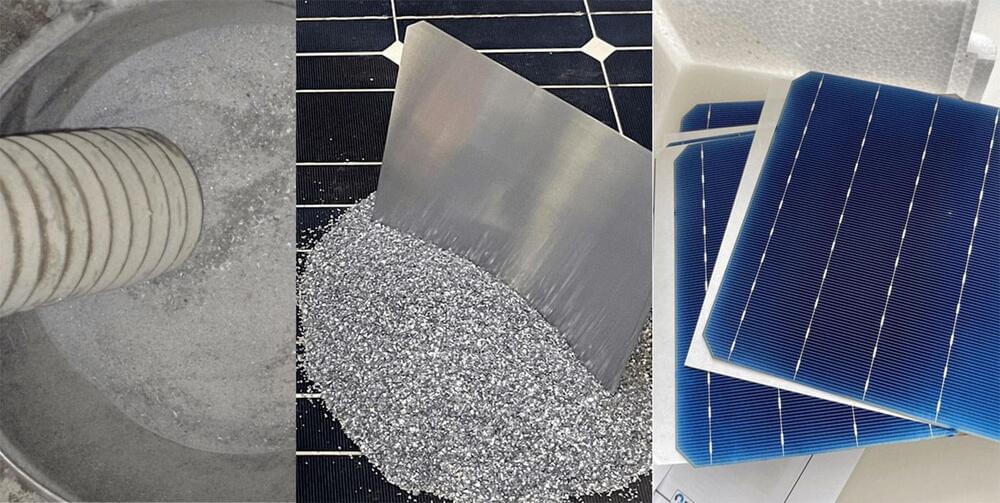… along with new, unfamiliar — and often poorly understood — risks.
Technology and business risks morph with changes in technology and how it is delivered. While cloud services are often considered more dependable, businesses face new risks with SaaS and public cloud — risks that are unfamiliar or not completely understood. People’s eyes pop open and ears perk up when they witness prolonged outage events such as the current issue with Atlassian. Suddenly, SaaS dependencies and resilience issues become relevant, as a business can’t access its favorite SaaS tool. The unique risk of using SaaS is that you don’t have control over the application or the tool and cannot reimplement yourself. It is also important to understand the cascading risks, as some of the well-known SaaS services are hosted on a leading hyperscaler’s infrastructure. You need to analyze the business impact of SaaS and cloud services outages just like for any other technology in your portfolio.
Trust but verify vendor claims about service-level agreements supporting operations and resilience plans. To ensure that your SaaS providers deliver on their own promises:








